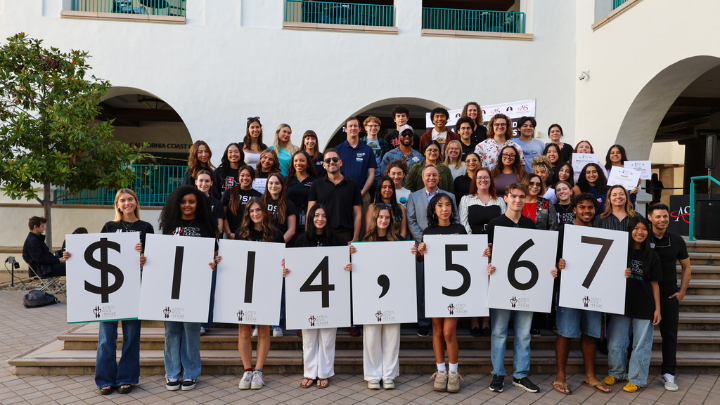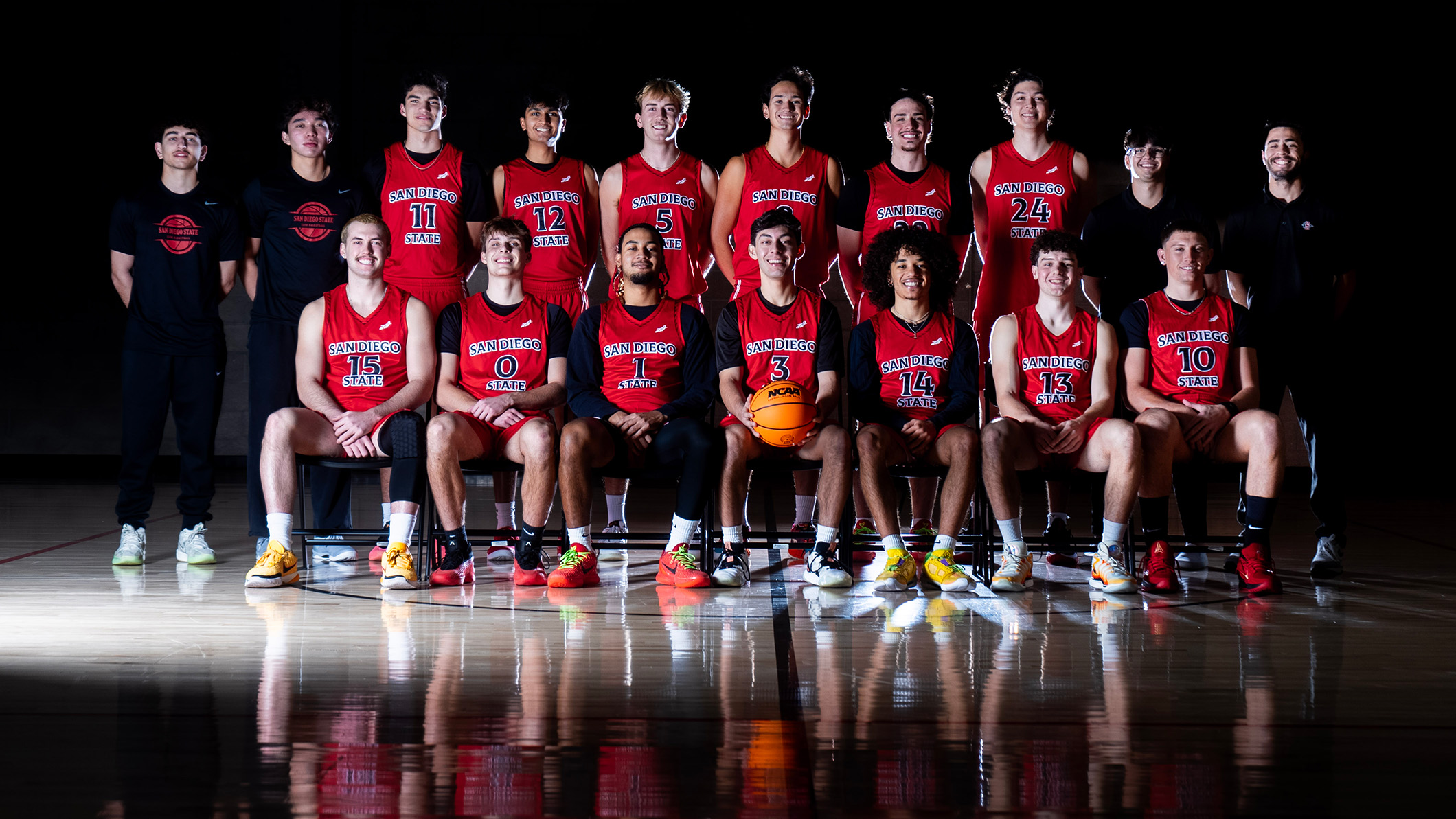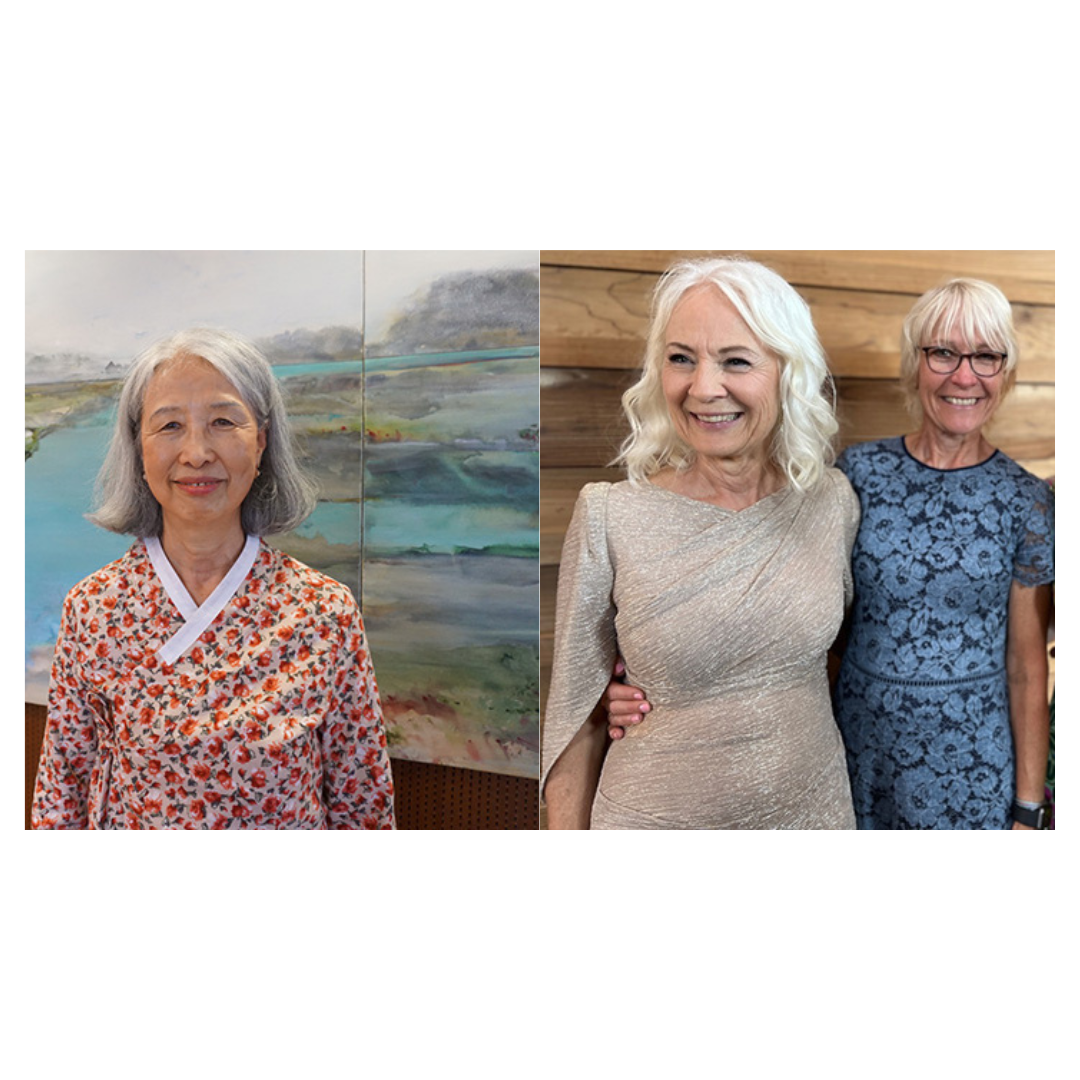Facing ‘reality’ at the border: SDSU course draws global interest
“Culture and Society of Tijuana” takes students out of the classroom and into the city for an immersive look at border life.
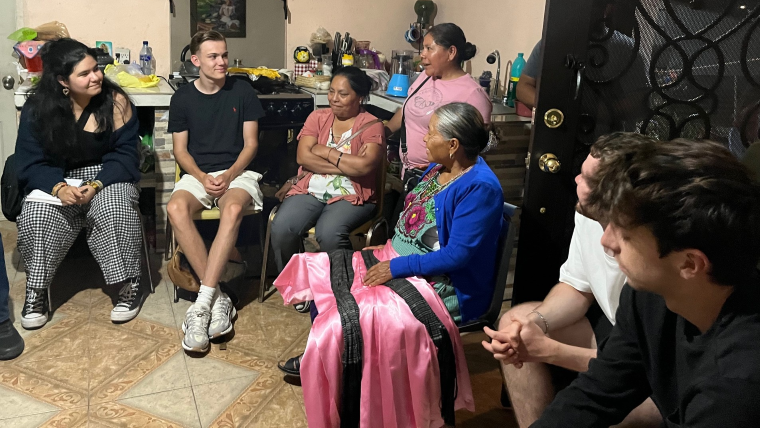
Victor Clark Alfaro has taught the Culture and Society of Tijuana (LATAM 320) course at San Diego State University for more than two decades. In the last three years, however, he’s noticed a change in the students signing up for the class.
Many more are international. The course has gone viral with international students studying abroad at SDSU.
At the Tijuana border crossing one recent Tuesday, amid the usual hubbub of the streets, Alfaro greeted four SDSU exchange students from Germany who walked across the border for the class.
A few minutes later, he welcomed five students from South Korea, along with several U.S. students.
Why has this course become a magnet for international students? Alfaro thinks it’s the same reason that the class is popular with U.S. students. Latin American Studies 320 is not taught in a classroom in the towering College of Arts and Letters building. It’s an experiential course where students meet weekly with Tijuana residents where they are, in their neighborhoods, workplaces and cultural venues.
Over the semester, students will talk with migrants, a journalist, Indigenous people, government officials and leaders of a non-governmental organization of sex workers. They will visit several of Tijuana’s neighborhoods and flourishing cultural centers, as well as the U.S. Consulate in Tijuana. All told, students learn about Mexican art, music, cuisine, politics, the tourism industry and other aspects of daily life just across the U.S.-Mexico border.
“They are going to face reality,” said Alfaro. “They’re going to face the people from our society and culture in Tijuana. I think this is the best experience for students.”
Tino Muth and Tom Fritzen, exchange students from the University of Mannheim in Germany, learned about the course from friends returning from studying abroad at SDSU.
“They told us it was the most special course they had during this time, and they were really happy about it,” said Muth. “It is an opportunity you get (at SDSU) to really feel the culture in a different country during the exchange semester. It is unique, and Victor does a great job teaching.”
Firsthand look
For Fritzen, the contrast between San Diego and Tijuana stands out.
“What makes this course special is you are on-site,” he said. “You are going into Tijuana and experiencing the culture firsthand, not sitting in the classroom and being taught what it is like.”
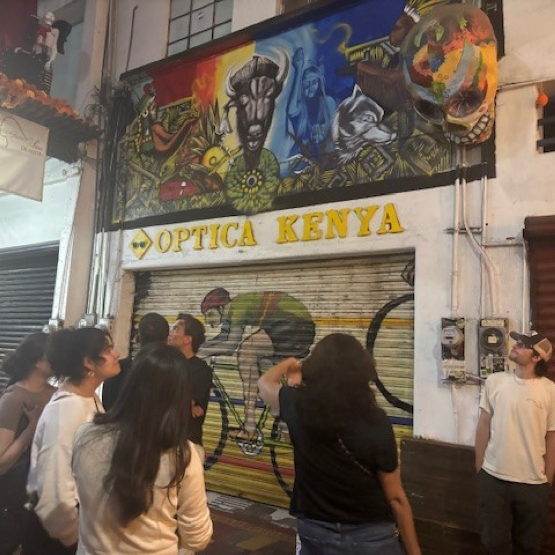 Open the image full screen.
Open the image full screen.A social anthropologist and Tijuana native, Alfaro is the founder and director of the Binational Center for Human Rights, a nonprofit focused on social justice. He’s written extensively on issues ranging from deportation and incarceration to Indigenous rights.
“Victor is a huge figure in Tijuana life,” said Ramona Pérez, director of SDSU’s Center for Latin American Studies. “So this course offers students the opportunity to walk through a major city on the U.S-Mexico border with someone who can take them through an entire history.”
In that way, the course exemplifies SDSU’s goal of creating courses that examine the border from a Latin American perspective, said Pérez. It boosts the university’s standing as a leading transborder institution.
Alfaro’s connections and deep knowledge of the borderlands were on display during a recent session. While helping a van driver navigate hillside streets of the Lomas Taurinas neighborhood, where about 50 Indigenous families reside, Alfaro pointed to the exact site where Mexican Presidential Candidate Luis Donaldo Colosio was assassinated during a campaign rally in 1994.
Then students arrived at the home of a native Mixtecos family that migrated from Oaxaca to Tijuana, facing prejudice and harassment as artisan street vendors. Alfaro has known the family for years. They met fighting discrimination against Indigenous peoples in the borderlands.
Taeyeong Kim and Minjeong Seok, students from South Korea, learned about the course online and from friends. They signed up for the opportunity to experience both U.S. and Mexican culture while studying abroad.
In addition, the course provides an affordable option for SDSU students to fulfill study abroad requirements in certain SDSU majors. An advanced version of the class is available without translation, demonstrating multilingual proficiency.
Gisselle Gonzalez, a senior from Northern California, enrolled in the course to complete her study abroad requirement at SDSU’s Weber Honors College. But the Speech Language and Hearing Sciences major had other reasons for signing up. She’s of Mexican heritage but hasn’t spent much time on the border.
“So it is very nice to explore and learn about the culture,” she said. “We’ve learned a lot and it’s only week three in Tijuana. It is nice to see what TJ has to offer, and it’s comforting having a big group and a professor who knows the city.”
Muth, the German exchange student, has found himself thinking about sessions more deeply than he expected. “There are so many things happening,” he said. “These are serious topics that we are talking about and it is really important to reflect.”

